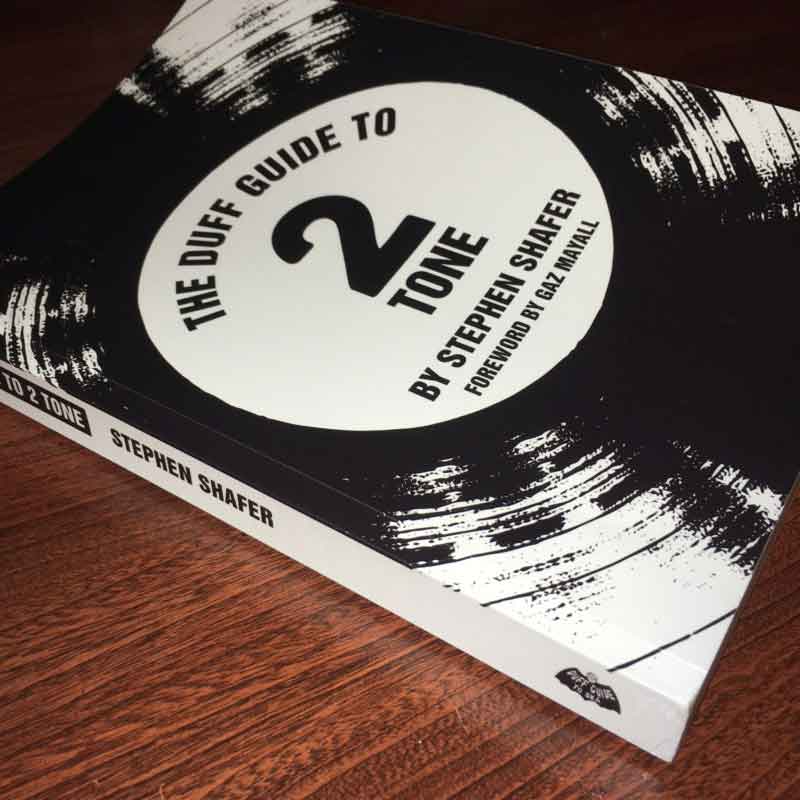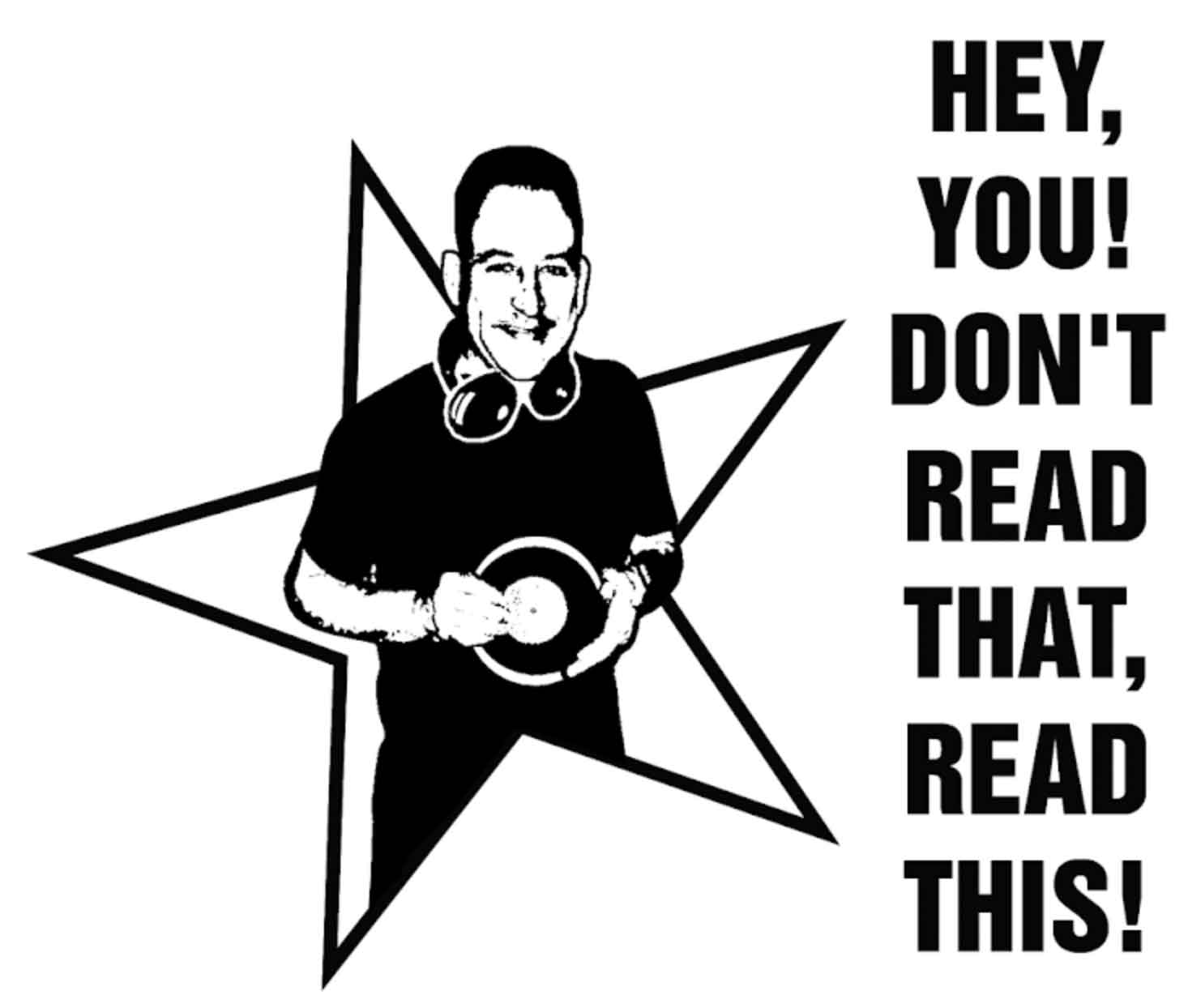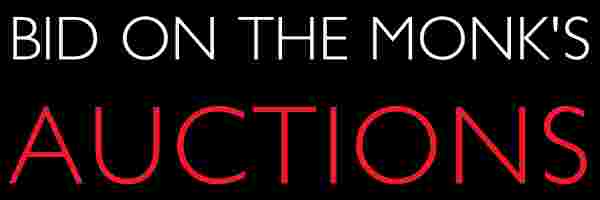
Stephen Shafer has devoted all of his adult life to ska music. Having been exposed to the “Second Wave Ska” of the late 70s 2-Tone movement via its inclusion on the New Wave in of the time, playback of bands like The Beat [The English Beat for us Yanks] and The Specials on forward moving radio stations like WLIR had a formative effect on the young Shafer. By the time he was in college in the mid-late 80s, the seeds of the so-called “Third Wave of Ska” of the 90s were formed in bands like The Toasters and the Scofflaws.
Time spent writing about ska for the California zine Roughneck Business led to Shafer getting his formative gig as director or marketing, promotions, and production at the crucial Moon Records label. So his passion for ska was fuel to the fire for the point where ska music lept from being a Caribbean UK music cult known to a passionate cognoscenti, to a movement that eventually attained substantial success in America with even small towns in Florida boasting a Ska scene. My personal fave rave 3rd Wave Ska band were Pork Pie Tribe from…Sarasota?!
In the new millennium, Mr. Shafer has been writing his blog, The Duff Guide To Ska, for over a dozen years now and occasionally graces our comments here at PPM, for man does not live by Ska alone [though it’s tempting…]. Now, he’s compiled a book of his writing on all of the bands that came out of the seminal 2-Tone label in the UK. Due to the migration of the Windrush generation, the seeds of ska spread from Jamaica to the UK in the 60s and later, to be discovered by the Punk generation who took this upbeat genre and mutated it to nestle among the strange bedfellows of Reggae and Punk Rock. By 1979, prime mover Jerry Dammers had established a booming second wave of Ska in the UK with hit after hot topping the charts on the 2-Tone label he had established. And this tome covers it both forward and backward in time.
The book was organized alphabetically with stories written about bands that had first crested on the 2-Tone label, in spite of their movement outward. That means that there are a lot of pages here dedicated to The Beat, Madness, The Selecter, and The Specials. Shafer reviews not only new or vintage editions of these bands classic late 70s canon, but any forward movement since then, with solo singles, live tours, and even books and movies on the scene getting the nod in these pages. The last section wisely looks at artists and releases that were adjacent to 2-Tone, like the crucial Laurel Aitken or Desmond Dekker.
As an old guy who certainly remembers the impact of the 2-Tone label, I was not so deeply into Ska that I had anywhere near the depth of Shafer’s knowledge that he unleashed here. My awareness of the bands, even those I loved, like The [English] Beat, seriously ebbed along with the 2nd Wave after the mid 80s. One of the pluses of this book was that the 40 years of history of the label’s players was assembled into a coherent structure in its pages; giving me a glimpse of the big picture that I had missed.
I remember weird hybrid tours happening in the 90s like the Special Beat that mashed up members of both of those forefront bands into a touring unit, and it’s interesting to revisit these tales of Ska pragmatism in the face of legendary indifference by Jerry Dammers; who has long been loathe to revisit or exploit in any way the scene he helped to build. Then there were the two Beats; with the US faction run by Dave Wakeling, while Ranking Roger fronted the UK version. Both were covered in these pages. I learned an awful lot about the career paths of most of these bands
 Through it all, it was a pleasure to see Shafer bringing his deep knowledge of the genre and his fan’s enthusiasm to the writing in this book, while maintaining a critical stance to it that I found to be exceptionally endearing. The editing of years worth of posts into the tapestry of a narrative history allowed me to see how the various threads came together. And speaking of various threads coming together, Shafer has definitely not forgotten how socially conscious issues were at the root of Ska even from the beginning. He makes certain to thread the political issues that motivated the development of Ska throughout his narrative; painting a picture that took both the oppressive political environments and the often ecstatic musical content into account. And in that, he nails down for me what the enduring pull of Ska was to its many fans. Was there ever a more upbeat dance music that combined its boundless energy with a push for progressive social values and calling truth to power? I say thee, nay!
Through it all, it was a pleasure to see Shafer bringing his deep knowledge of the genre and his fan’s enthusiasm to the writing in this book, while maintaining a critical stance to it that I found to be exceptionally endearing. The editing of years worth of posts into the tapestry of a narrative history allowed me to see how the various threads came together. And speaking of various threads coming together, Shafer has definitely not forgotten how socially conscious issues were at the root of Ska even from the beginning. He makes certain to thread the political issues that motivated the development of Ska throughout his narrative; painting a picture that took both the oppressive political environments and the often ecstatic musical content into account. And in that, he nails down for me what the enduring pull of Ska was to its many fans. Was there ever a more upbeat dance music that combined its boundless energy with a push for progressive social values and calling truth to power? I say thee, nay!
The book exists only as a physical, real, honest-to-Bob, “book” book. The kind with pages. You can even read it without using electricity [at least in daylight]. There is no e-book out there so if you want to burnish your old school Ska credentials, then hit that button below!
-30-






![Record Shopping Road Trip: 58th Mega Record & CD Fair [Brabanthallen in ’s-Hertogenbosch, Netherlands] [part 1]](https://i0.wp.com/postpunkmonk.com/wp-content/uploads/2024/05/rw-hangar-row.jpg?resize=200%2C200&ssl=1)
![Record Shopping Road Trip: 58th Mega Record & CD Fair [Brabanthallen in ’s-Hertogenbosch, Netherlands] [part 2]](https://i0.wp.com/postpunkmonk.com/wp-content/uploads/2024/05/rw-icehouse-floppy.jpg?resize=200%2C200&ssl=1)
![Record Shopping Road Trip: Cob Records [Porthmadog, Wales]](https://i0.wp.com/postpunkmonk.com/wp-content/uploads/2024/05/cob-welsh.jpg?resize=200%2C200&ssl=1)

PPM,
Thanks so much for the very kind and thoughtful review of my book!
All the best–and stay safe!
Steve
LikeLike
Steve Sheafer – The pleasure was all mine! I expanded my Ska knowledge, thanks to your efforts. There’s nothing I love more than hearing a real enthusiast putting forth on a topic near and dear to their hearts. And that’s certainly the case here.
LikeLike
Well I never thought I would see Ska discussed here ! I was by no means a Mod but I bought into the music, mostly singles and have still got them in their 2-tone sleeves. In 1980-81 you could have “Rat race” “Vienna” “Prince Charming” and “Ghost Town” to name just a few, that goes to show how diverse chart music was. “Ghost town” sums up the UK at this time. For me Madness became a chart comedy band, “Baggy Trousers ” etc and the Specials(by name) ended with the difficult “In the Studio”, But the initial energy of The Selector, The Beat, The Lambrettas, Secret Affair et al was all good fun. Will put this book on the list.
LikeLike
Ade.W – Ska is right in the timeline essential to this blog, but apart from The Beat, and a critical 2-Tone singles compilation by Vinny Vero, I don’t have too much Ska in the Record Cell. I was initially cool to it because it was a very big trend in the UK that looked to the past instead of forward, but hearing “I Just Can’t Stop It” put an end to that. Never got into that Specials debut album, but I once owned “MORe Specials” on LP.
LikeLike
Oh Pork Pie Tribe … I used to hang out on their tour bus when they were in town … got to know a few others like the Scofflaws and Pietasters fairly well. Saw the Toasters every time they came into town and took in an awful lot of third-wave bands both good and bad at various shows thanks to my connection to WPRK. Was quite fond of the Slackers, Isaac Green and the Skalers, Skavoovie and the Epitones, and the bands I mentioned previously.
Victoria, where I now live, has (had) an annual summer skafest featuring mostly bands I don’t know as well. I rarely attended because I lived close enough to the inner harbour where the various summer extravaganzas mani-FEST-ed (ha!) to hear them from our apartment, and would take note of the best ones.
Being a ska fan in Florida back in the day was very hazardous to your health — the typical uniform included long sleeve shirts (rolled up), hats, and long coats! It’s a wonder I didn’t die of heat stroke at some of those shows!
LikeLike
chasinvictoria – I was just talking with Mr. Carr when they visited Western North Carolina last month and he reminded me of the time that I was at The Junkyard to see Mustard Plug. I now seem to recall that the show had been previously cancelled and we were all curious to see these guys. The band finally showed up and when they started playing I must have really hated them since it was etched into Mr. Carr’s memory how I was laying into this band vehemently! He quoted me as saying “I hope they die” as I turned and stormed out of that gig. Actually angry with their brand of Ska, which must have been laced with Metal to get me that riled up! I found hearing this nearly 30 years later amusing since I had no memory of the Mustard Plug show at all!! I must have REALLY hated it to react like that!
LikeLike
Thanks for all of the comments in reaction to the review of “The Duff Guide to 2 Tone! If anyone wants to order it from someplace other than Amazon, my friend Chuck Wren who runs the great Chicago-based ska label Jump Up is selling it at a lower price than Bezos: http://www.jumpuprecords.com/duffguide/.
Versions of The Scofflaws, Pietasters, and Slackers are still active to this day, making new music and playing shows (at least, pre-pandemic). And there are loads of newer bands both in the US and all over the globe releasing terrific ska and rocksteady music, too (I’m reviewing as much of it as I can on my blog). There’s just not the crazy hype around it all, like there was in the mid-to-late ’90s.
LikeLike
Steve Shafer – How super that it can be had without feeding the beast! Great news (and the price helps, too). The 90s Ska boom was fascinating for me to watch unfold all those years later. I never would have expected it. At least the subculture really got established over on these shores and who would have expected that in ’79?
LikeLike
PPM–In the spring, I wrote a chapter for a friend’s forthcoming oral history of the birth of American ska and reggae that addresses why it took so long for the US ska scene to emerge after the 2 Tone bands toured here in ’80 and ’81. At that point, the major labels had no idea how to market interracial bands making Black music within a racially segregated music industry (with Black R&B stations and white rock stations, etc.). So, the inevitable failure of 2 Tone to storm the sales and radio charts like it had it the UK led the US music industry to write off ska as a viable “product” in the US (with one or two exceptions, like Fishbone and The Untouchables) for almost 20 years. But during that 20 years, the US ska scene slowly developed underground–establishing its own labels, indie distribution, touring routes, college radio, and alternative press/zine networks–which led to that 1990s ska boom! Best, Steve
LikeLike
Steve Shafer – As an American watching the 2nd Wave of Ska become the style du jour that dominated the UK Top Ten for ’79-’80, I sort of felt that the primary foundation for Ska’s inability to have a similar effect here down to the lack of a large, and concentrated Jamaican immigrant population as the UK had. This was the sound of the Windrush generation’s youth reverberating back over a decade later and as such, it had a cultural resonance beyond the racial unity politics inherent in it. I’d put the racial biases of the US music industry in the second place slot as to why Ska didn’t break in America. Though that is usually the elephant in the room! A few years back, I had to explain the notion of “black stations/white stations” to a younger designer I hired at work, who had never had the “pleasure” of listening to music in such an environment.
LikeLike
PPM! You’re absolutely right about how the influence of the Windrush generation on British society and youth culture led directly to 2 Tone, and there was no US equivalent (and I did go into all this a bit in the chapter I wrote for my friend’s book–along with how, unlike the UK, Black and white American working-class youth often grew up in segregated neighborhoods and schools). If you’re interested in reading my chapter, I could email you a draft (the book is not being published until summer 2021).
LikeLike